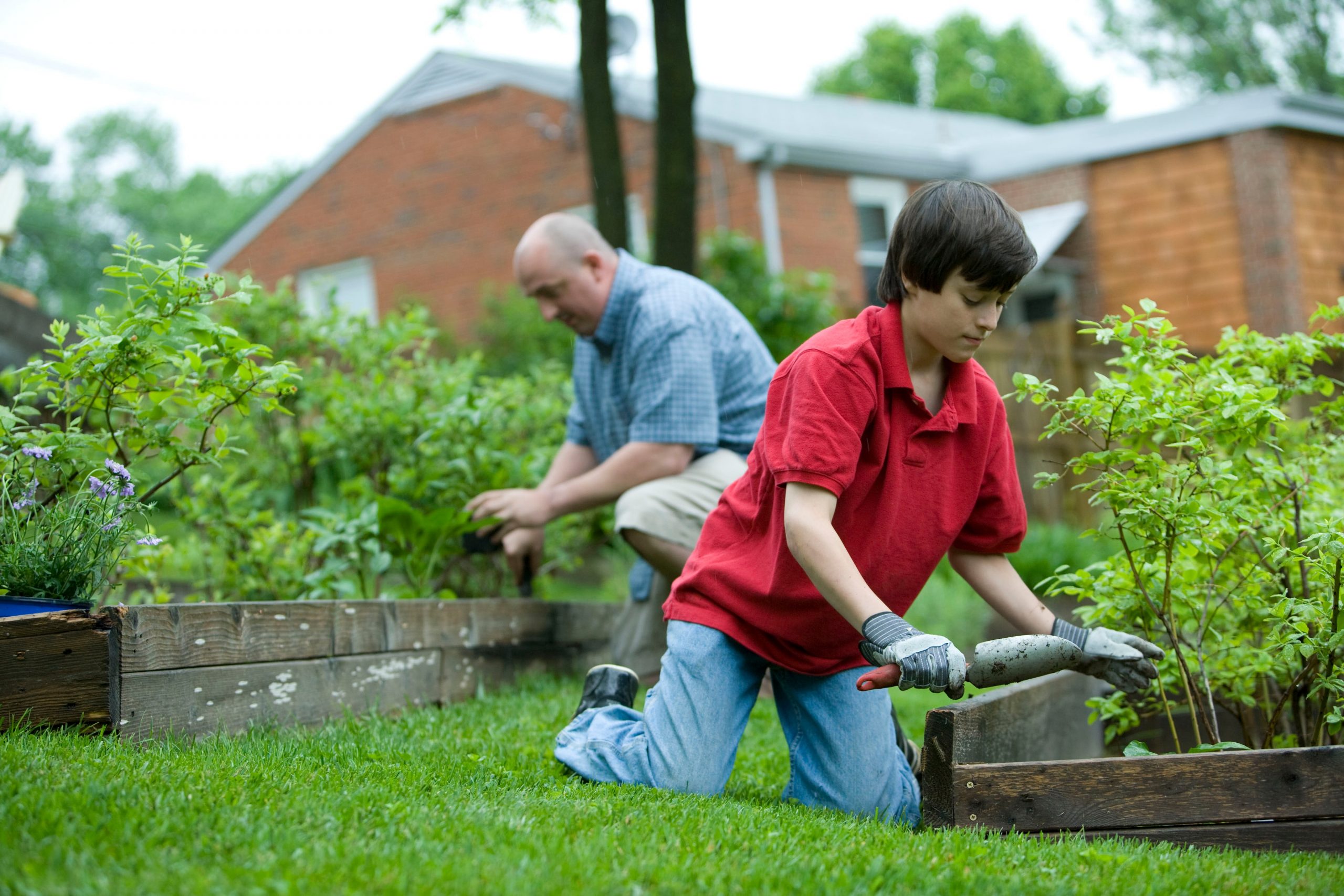Last Updated on April 12, 2024 by Real Men Sow
Are you looking for an organic and affordable way to grow vegetables and fruits? Set up your first vegetable patch today! Before you start, though, you probably want to check these gardening tips to begin your veg patch in your garden.
Best Gardening Tips to Consider Before You Start Your Own Vegetable Patch
Plants Should Be In The Right Environment
Most vegetable plants and herbs love sunshine. It’s best if they’re placed somewhere that gets direct sunshine for at least 6 hours or at best 8 hours. However, if you live somewhere with a hotter climate, some shading is okay. Cool-season crops like spinach, cabbage, and radishes are those that can be grown in part shade.
Think about Convenience
Your vegetable patch should be somewhere you can reach or tend to easily. It should be near your house and near a water source.
Care for Vegetable Patch Soil
You must take care of soil for your plants. They should be nourished with organic matter at least once a year. Add them by laying them down on the surface as mulch. Organic Matter can be your garden compost and manure. However, Manure needs to be left alone to rot for 6 months before using them as mulch.
Wait For The Right Time to Plant
You must know when’s the right time to plant your plants. You may be excited to grow them, however, planting them too early might fail to thrive. Most areas have the last and first frost dates as their growing season.
Provide Your Plants With The Best Start
Your Soil should be warmed up and dried out in order to become available for planting. Your Seed Beds should have a crumbly texture. You must sow undercover into plug trays and pots when the temperature outside is still low. The plants that you sown under cover will still need plenty of light. Add multi-purpose compost that is darker-colored than garden soil to help you in distinguishing your own seedlings from weeds that may grow.
The planting holes should be bigger than the existing root ball when you’re transplanting them. Fill the hole with looser soil to allow new roots to easily grow. Just like the multi-purpose compost, your potting soil should be darker-colored to help you distinguish any weeds that may grow.
Water Your Plants Well
An average of 2cm to 5cm of water a week should be given to most plants. If it’s warmer, it’s best to water more. Water once a week, it’s better than watering them little by little every day. Doing this would encourage your plant to become self-reliable by forcing their roots to seek moisture deeper in the soil. However, do not do this on plants grown in containers.
Don’t Let Weeds Stay Too Long
It’s best to remove weeds as soon as you spot them since they can take nutrients away from your plants. Hoe them and leave the severed weeds to wither in the sun. Make sure to not damage the crop roots by hoeing the weeds. If your hoe cannot reach the location, it’s advised that you pull them by hand. Stop new weeds from growing by improving your soil through mulching.
Pick Your Crops Regularly
Plants like beans, tomatoes, and courgettes are a few examples of plants that would grow more crops when you pick them regularly. It’s the same with removing old blooms of your ornamental flowers. Picking old blooms would encourage more new blooms to grow.
Don’t Clean Up Too Much in your Vegetable Patch
These are a few things to think about keeping before cleaning up for the next growing season. The Old Seed Heads of Coneflowers and Thistles will help birds over winter. Fallen leaves can be added to compost heaps or can become leaf mold.
Keep Track of Things Happening In Your Vegetable Patch
Keeping track will help you grow better crops. With the help of your journal, you’ll be able to know when and where you should grow your crops to get more from them. You’ll also know what pests, diseases, or failures may occur.

